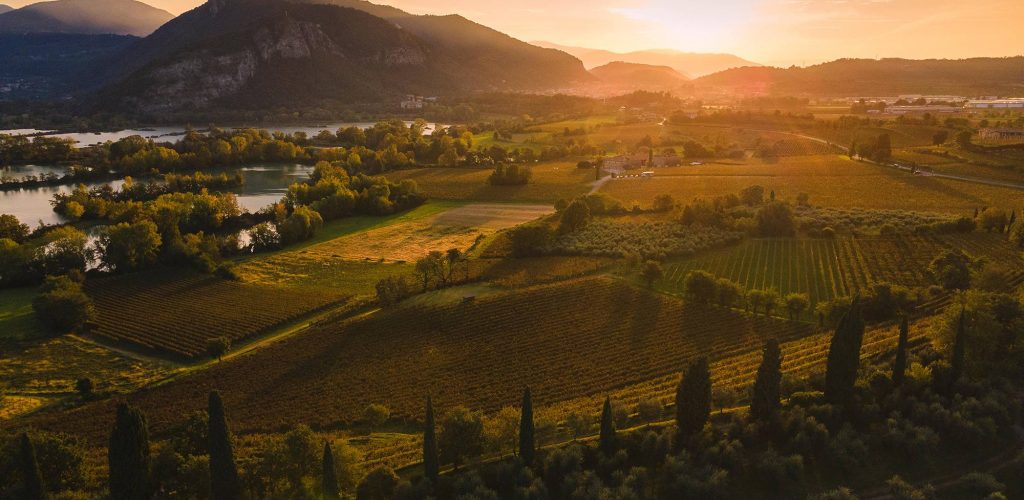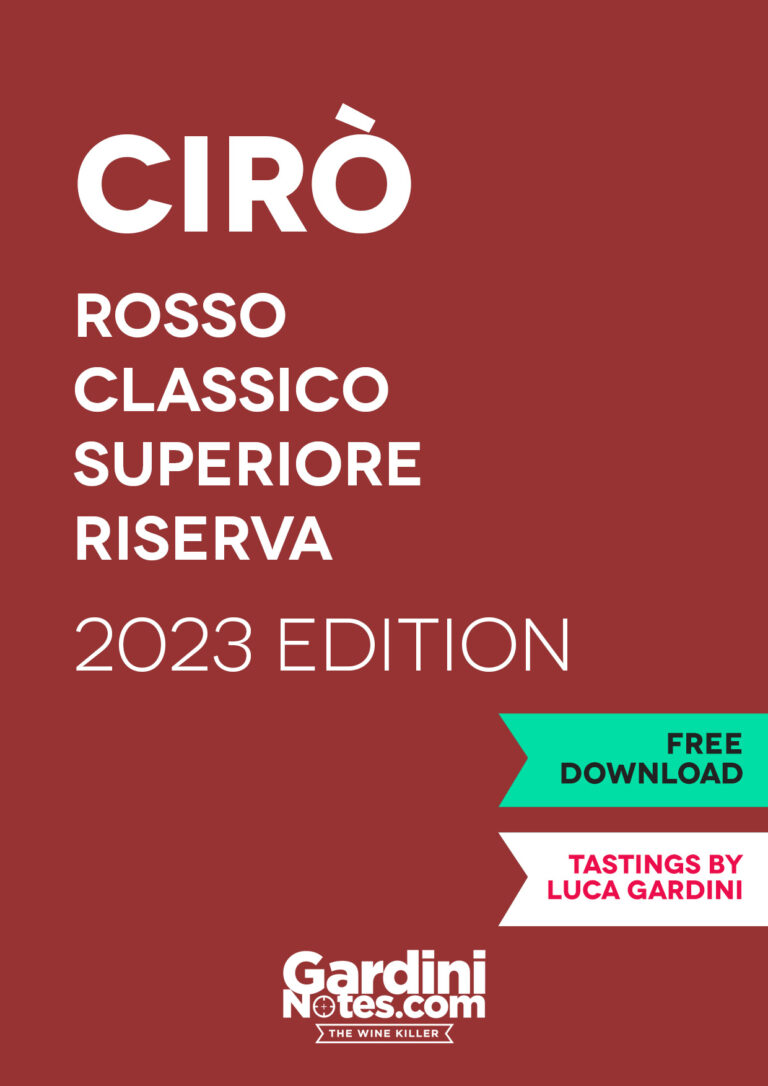A sparkling wine from the production area of the same name, in the district of Brescia. Situated between the southern part of Lake Iseo and the Oglio and Mella rivers.

CHARDONNAY / PINOT BIANCO / PINOT NERO
The vines here have very old roots, even if only as recently as the late 1950s, some producers began to produce base wines suitable for making sparkling wine. In 1967, Franciacorta obtained the DOC (“denomination of controlled origin”) and the DOCG about 30 years later (“denomination of controlled and guaranteed origin”). In 1990, a Consortium was created with the aim of guaranteeing and controlling the procedural guidelines of Franciacorta production. In the zone, however, a small production of still wines, both white and red (under the denomination Sebino IGT and Curtefranca DOC), remained.
The Franciacorta production zone (sparkling and still wines) covers about 3000 hectares. Its geological structure is rather varied and includes:
- Fine deposits: rich soils of lime capable of producing wines with evident floral perfumes;
- Fluvioglacial: subtle soils resulting in mostly fruity wines;
- Distal Colluvia: wines with a strong floral character;
- Deep Moraines: wines with evident sensations of fruit and spices;
- Terraced Colluvia: profound soils that produce wines rich in complexity;
- Fine Moraines: give origin to spicy and slightly vegetal wines.
The grape varieties used for the production of the Franciacorta spumante were initially limited to the variations of Pinot (Blanc, Noir, and even, Grigio). In the 1980s, the gradual introduction of Chardonnay began. Along with Pinot Noir, it constitutes the duality that frequently determines the cuvée produced in this territory.
The Pinot Blanc can still be utilized, but only up to 50% of the wine’s total composition. Only recently the Erbamat, a indigenous grape, were introduced as well, only up to 10% of the wine’s total composition.

The effervescence of the Franciacorta can only be achieved through the method known as the method “Franciacorta”, which results in five different typologies:
- Franciacorta (at least 18 months on the lees, during the second fermentation in the bottle);
Franciacorta Satèn (differentiated by the lack of Pinot Noir in the composition and by an inferior pressure, which results in bubbles that are more delicate); - Franciacorta Rosé (must contain at least 35% of Pinot Noir vinified in rosé);
- Franciacorta Millesimato (At least 85% of the grapes utilized in this typology must come from the same vintage);
- Franciacorta Riserva (usually identified as the most prestigious wines of the winery).
Perfected while resting on the lees, the amount of time depending on the typology. From
the Franciacorta, ready at 18 months to the Franciacorta Riserva (including the Rosé and Satèn versions), which is put on the market at least five and a half years after the harvest.
After the disgorgement, the wines undergo a dosage of additional wine and sugar, the quantity of which, results in further sub-typologies:
- Non dosato (also known as Pas Dosé): up to 3 gr/liter (natural residue of the wine);
- Extra Brut: up to 6 gr/liter;
- Brut: up to 12 gr/liter;
- Extra Dry: from 12 to 17 gr/liter;
- Dry: from 17 to 32 gr/liter;
- Demi-Sec: from 33-50 gr/liter.
Normally, the prestigious versions of the Riserva can be produced in Brut, Extra Brut, and Pas Dosé – with the exception of the Satén, which can only be produced in Brut.












